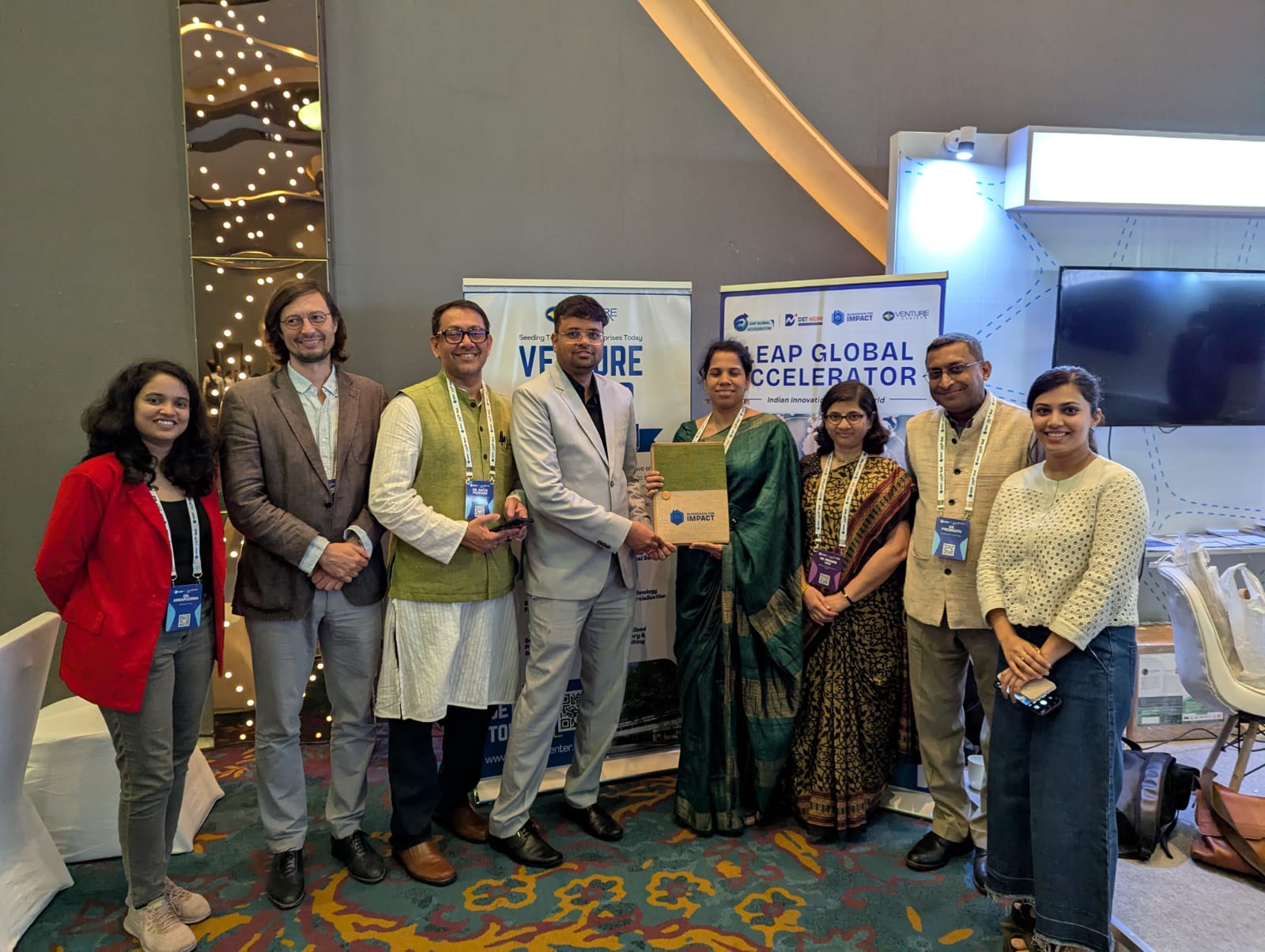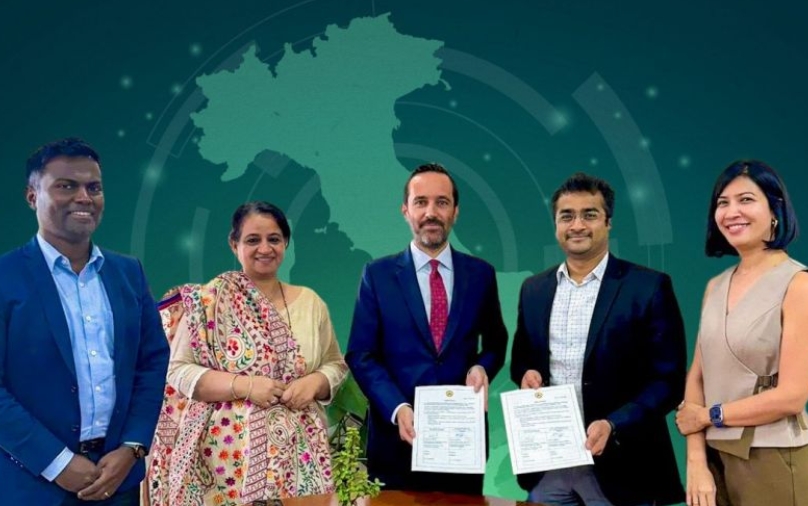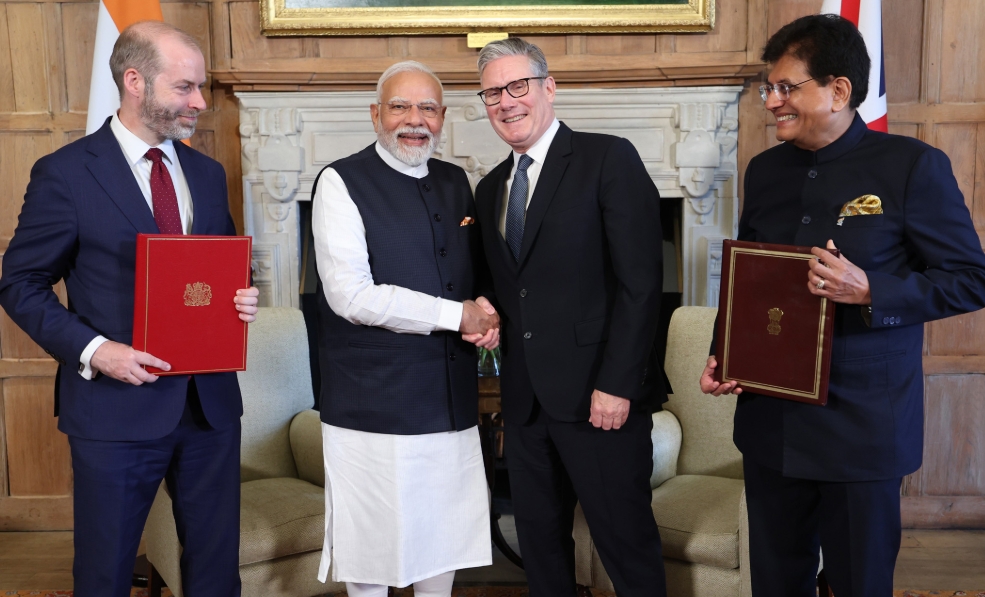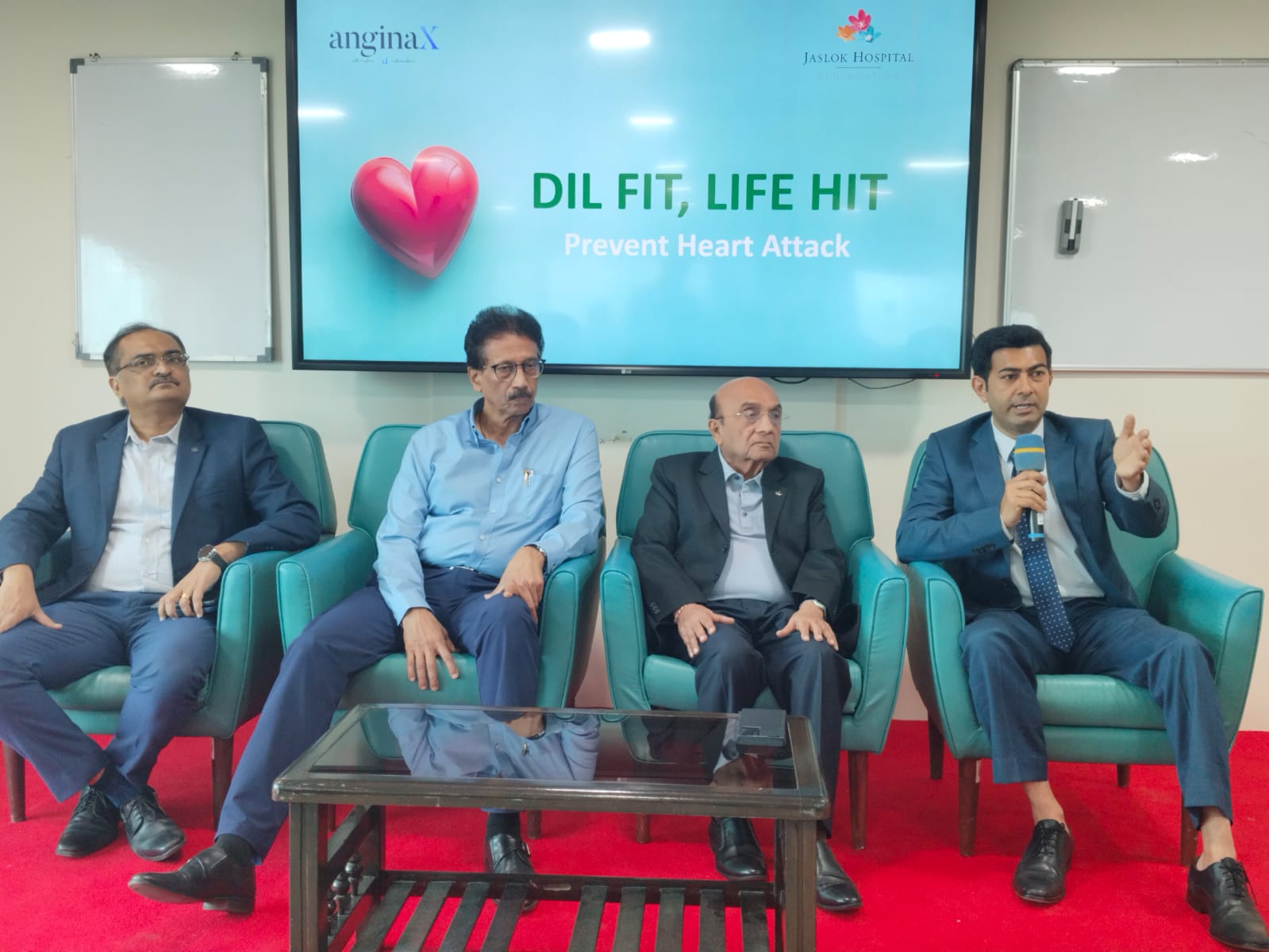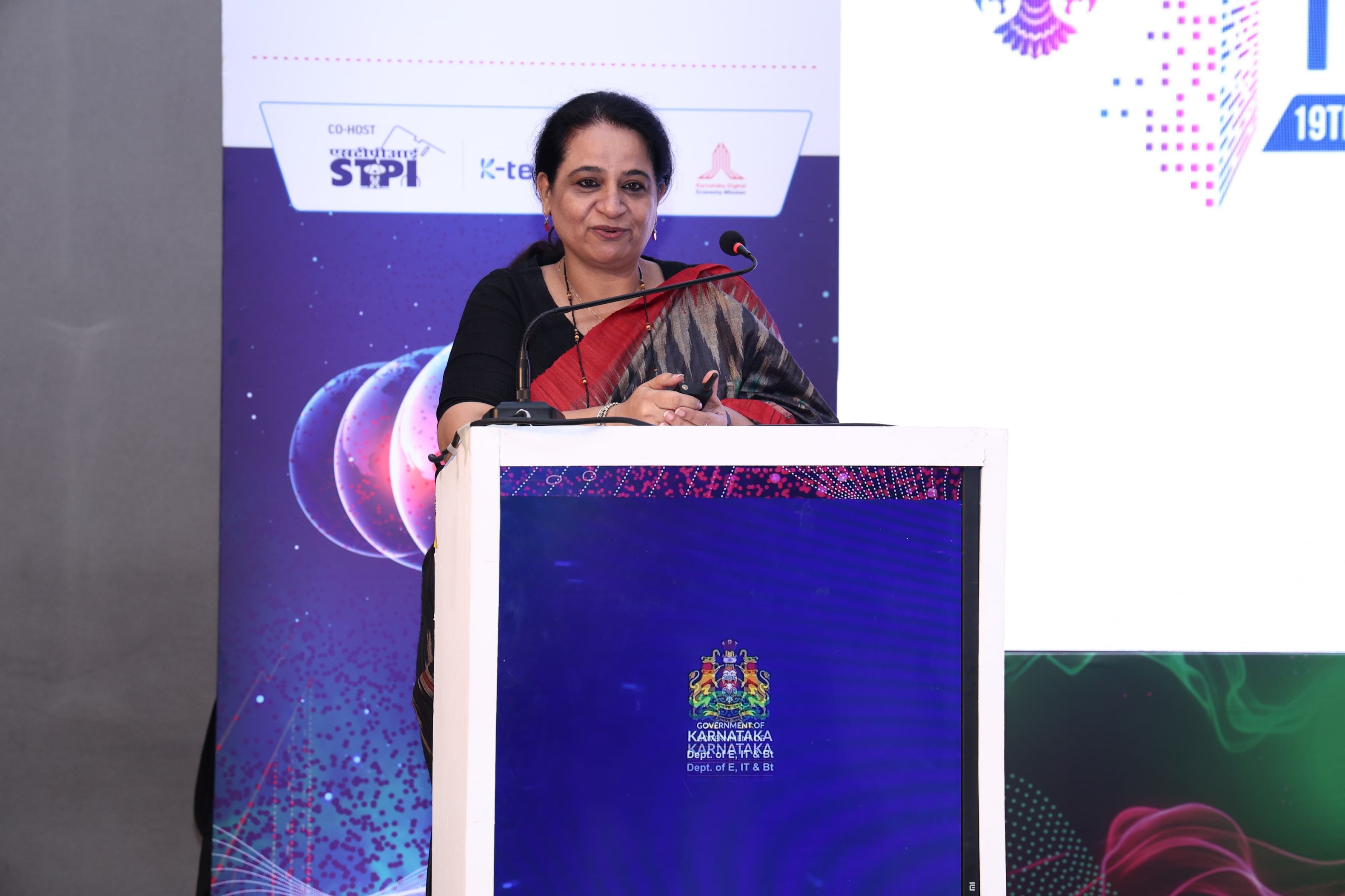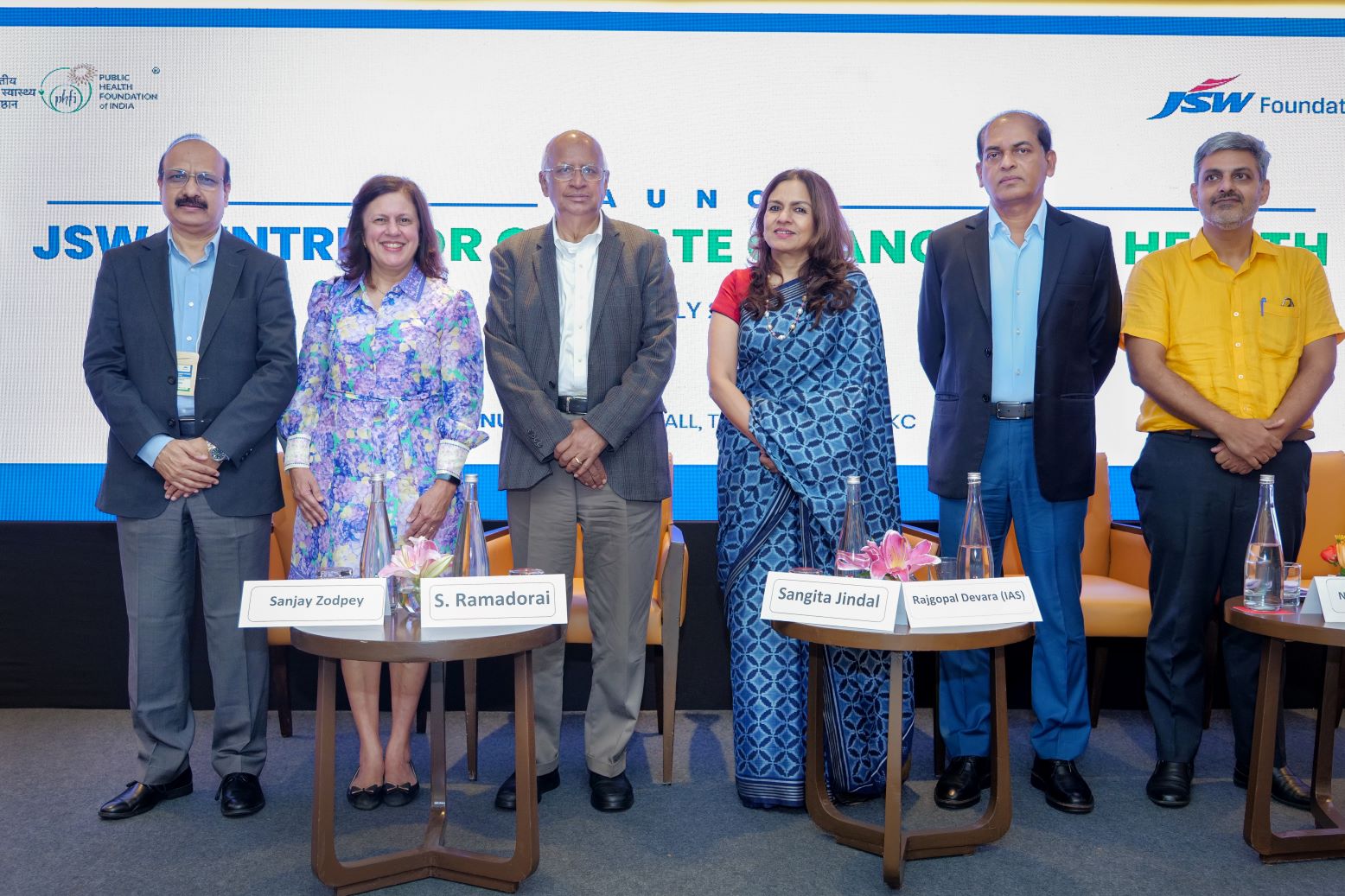'ARVs will play an important role when we enter India'
September 13, 2011 | Tuesday | News

|
Mr Rajiv Malik,
chief operating officer, Mylan, and director, Matrix
|
Since Mylan's acquisition, Matrix's workforce has grown from approximately 3,800 employees to more than 8,500 employees today. Like other MNCs, Mylan will now lay the foundation for penetrating the Indian market through the re-branding of Matrix. In a conversation with BioSpectrum, Mr Rajiv Malik, chief operating officer of Mylan and director of Matrix, throws light on Mylan's plans for India and the APAC region.
Q Back in 2007, what were the driving factors for Mylan choosing to enter India (by acquiring controlling stakes in Matrix Laboratories)?
Mr Malik: When we announced the Matrix acquisition, this was a transaction that accomplished a number of Mylan's key objectives: vertical integration, global commercial expansion, enhanced supply chain capabilities, and new product capabilities. More specifically, Matrix provided Mylan with a presence in important emerging pharmaceutical markets, including India, China, and Africa, as well as established a small European footprint and distribution network. By combining Matrix's active pharmaceutical ingredient (API) and drug development business with Mylan's expertise in finished dosage forms (FDFs), the transaction allowed Mylan to capture incremental pieces of the value chain through backward vertical integration.
Additionally, Matrix expanded Mylan's capabilities in a number of key areas, including products with higher barriers to entry and long-term growth opportunities, and allowed the company to pursue a broader portfolio of new products at lower costs. For instance, Matrix brought Mylan important capabilities in the area of anti-retroviral therapies. Matrix's additional manufacturing capabilities provided Mylan with maximum manufacturing flexibility, allowing it to better manage industry cycles, while optimizing market share and gross margins.
Q Having rebranded Matrix, what is Mylan's growth strategy for India in terms of expanding existing facilities, increase in manpower and sales force?
Mr Malik: Mylan currently has a workforce of more than 7,000 in India alone, including more than 900 scientists in its research and development division. We have more than doubled our workforce in India since 2007. In order to support our continued growth in India, Mylan expects to continue to considerably add significantly to its workforce in India. For instance, we expect to establish a sales force to support our entry into the Indian consumer market. We have invested hundreds of millions of dollars in India since our acquisition of Matrix in 2007. In terms of facilities, Mylan built a state-of-the-art finished dosage manufacturing facility in Nashik. We have also added to new API facilities over this period and recently moved its Indian corporate headquarters to a new, larger facility in Hyderabad. This year, we also opened a Mumbai office, which will serve as the hub of our commercial operations. We are also undertaking a significant expansion of one of our R&D facilities, also in Hyderabad, which we expect to complete within a year.
Q What will be the restructuring activities in the next 12 months?
Mr Malik: We announced our intention to re-brand Matrix as Mylan in order to speak with a more unified and powerful voice, particularly in India. We also announced our plans for continued expansion in India through our entry into the Indian commercial market with our own prescription pharmaceuticals within the next 12 months. In order to support the commercial launch and other growth opportunities in India, we expect to continue to expand our workforce significantly over the coming years. Beyond that, we have not announced any plans to restructure our business.
Q Which prescription drugs will Mylan introduce to the Indian market in the next 12 months?
Mr Malik: We are still finalizing our product launch plans, so I cannot comment on the details of our planned portfolio. However, given our existing strength in anti-retrovirals (ARVs) for the treatment of HIV/AIDS, ARVs will certainly play an important role when we enter the Indian commercial market in the next 12 months. Mylan is already one of the world's largest producers of active pharmaceutical ingredients that is used to manufacture generic ARV therapies, and also offers a line of finished dosage formulations of ARVs, including adult and pediatric therapies. Today, approximately one out of three persons in the developing world who is being treated for HIV/AIDS depends on a Mylan ARV product. Other products will soon be introduced following the ARVs.
Q What are Mylan's biotech plans in India, especially in its strategic collaboration with Biocon?
Mr Malik: Our agreement with Biocon is for five products, which we expect to launch in the US, Europe and Canada in 2014-15. In addition to our collaboration with Biocon, we acquired an injectables business, Bioniche Pharma, in 2010 to support our commercialization of biologics products. It is important to note that, at this time, negotiations are still underway between the generics industry, the biotech industry, and the US FDA about what the country's framework around generic biologics will look like and there is still some uncertainty around how exactly the market will form in the US.
Q How different is Mylan's approach toward India as compared to other MNCs who have made a big entry into India over the recent years?
Mr Malik: We believe Mylan is well-positioned to succeed in India and can differentiate ourselves both from local players and other MNCs. The key to this differentiation is educating Indian physicians, pharmacists, customers and consumers about what the Mylan brand stands for: exceptional supply reliability, outstanding customer service, operational integrity, product breadth and innovation and quality. Furthermore, our vertical integration and operational efficiency will allow us to compete from a cost perspective. I believe that our entry into the Indian commercial market is very well-timed as it will allow us to incorporate all that we have learned from having such a significant presence in the country for the past fours years.
Q How will the agreement with Bristol Myers Squibb (BMS) help the company in consolidating its position in the HIV segment in India?
Mr Malik: Matrix (now Mylan) has made a significant contribution by dramatically lowering the cost of HIV/AIDS medicines and we are now focused on expanding access to high-quality treatment to more people who need it. The agreement with BMS reflects our commitment to the expansion of access to HIV/AIDS therapies for people in developing countries. Atazanavir, one of the medicines included in the agreement, is a particularly important component of HIV combination therapy, and we are pleased to help ensure broader access to it for patients in sub-Saharan Africa and India. We have signed similar agreements with other pharmaceutical companies.
Q What opportunities does the APAC region have to offer Mylan? Presently, what share does this region have in Mylan's overall global turnover?
Mr Malik: The Asia Pacific region is a very important one for us, delivering third-party net revenues for 2010 of over $1 billion and recording year-over-year growth of 12 percent. Mylan had global revenues of $5.5 billion for 2010, so APAC represented close to a fifth of our business. Matrix in India (soon to be re-branded Mylan) was a primary driver of our Asia Pacific business in 2010, delivering double-digit growth through sales of active pharmaceutical ingredients and ARV finished-dose products. During 2010, Matrix received 116 ARV approvals, representing 21 different products in 24 different countries. In 2011, we have said that we expect to launch about 50 products in Australia, New Zealand and Japan. Additionally, we anticipate making more than 50 country-level product launches through Matrix and our ARV portfolio.
Q Which countries in the APAC will prove to be growth markets for Mylan?
Mr Malik: India is clearly one of the most important growth drivers for Mylan in the region, evidence of which is our success here to date and our planned commercial launch. However, while we are already market leaders in Australia and New Zealand, we continue to see opportunities in those countries. We are also focused on Japan and are leveraging the potential for enhanced generic utilization in this region.
Nayantara Som in Mumbai



